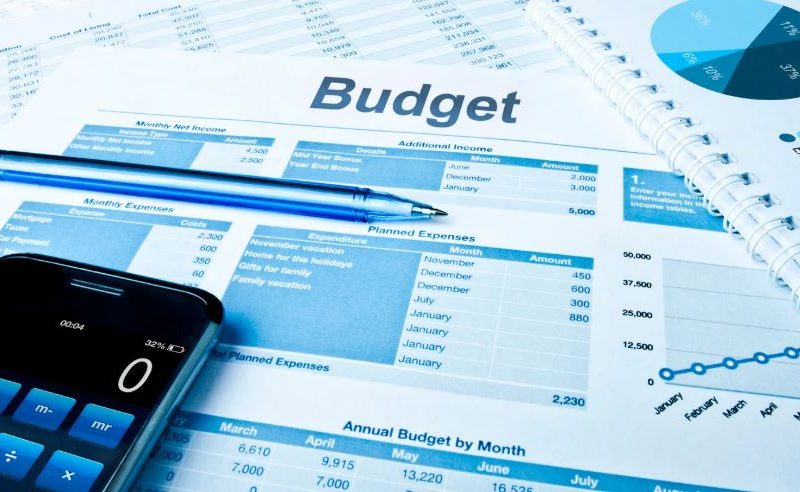Freelancers, creators, gig workers, and anyone paid by results know that cash flow can feel like a rollercoaster. The 50/30/20 rule, half for needs, 30% for wants, 20% for saving and debt paydown, still works, but it needs a few adjustments when paychecks rise and fall.
Even entertainment spend can flex: promos such as no deposit bonus UK offers can stretch a small leisure budget without forcing risky outlay. Below, you’ll learn how to keep the rule steady while your income isn’t.
How the 50/30/20 Rule Works When Income Swings?

A traditional salary makes the math simple: your take-home pay is stable, so your 50/30/20 split stays roughly the same.
With variable income, you’ll want two concepts: a baseline budget you can cover in lean months and a percentage-based sweep for everything above that baseline. That way, you protect essentials first and still make progress when a big invoice clears.
Example Allocations Across Three Income Levels
| Month type | Net income | Needs (50%) | Wants (30%) | Saving/Debt (20%) |
| Lean month | $2,000 | $1,000 | $600 | $400 |
| Typical month | $3,000 | $1,500 | $900 | $600 |
| Strong month | $4,200 | $2,100 | $1,260 | $840 |
The percentages stay constant, but the dollars flex. In practice, many people set a needs baseline (rent, utilities, groceries, transport, minimum debt payments) and keep wants lean in slow periods.
When revenue pops, the rule captures the upside for goals, emergency fund, debt reduction, future investments, without letting lifestyle creep swallow it.
Tactics That Make the Rule Practical Month After Month
Even the best spreadsheet won’t help unless the system is simple. The steps below make the 50/30/20 split easy to follow without daily math.
- Pick a conservative income floor. Look at the last 6–12 months and pick a number you know you can hit in most months. Build your needs budget so it fits under that floor.
- Use three accounts. One for needs, one for wants, one for saving/debt. Sweep new income by percentage on payday. If your platform allows it, automate split transfers.
- Pay yourself first by percentage. As soon as money lands, route 20% to saving/debt. You’ll never “miss” money that moved before you could spend it.
- Create sinking funds for irregular bills. Car insurance, software renewals, annual taxes, divide the yearly total by 12 and transfer that amount every month.
- Add a one-month buffer. Keep last month’s income to pay this month’s bills. This dampens the peaks and dips of project-based work.
- Set “off-switches” for wants. Agree in advance which discretionary items get paused when income hits the floor (e.g., dining out, new gear, paid entertainment).
- Make debt dynamic. In lean months, hit minimums; in strong months, add principal payments from the 20% bucket.
- Track the rolling median. Once a quarter, update your income floor using a rolling median rather than an average, which can be skewed by one huge payout.
Put together, these tactics protect the essentials, keep your lifestyle in check, and move goals forward even when revenue zigzags.
Why the Baseline Matters More Than the Split?

The split is famous because it’s memorable. Still, the baseline is what keeps the lights on. If your rent already eats 40% of a lean-month floor, you only have 10% left for every other need, tight but manageable if you plan early. The fix isn’t to abandon the rule; it’s to right-size the fixed parts of life wherever possible.
That can mean renegotiating a phone plan, moving to a cheaper area at the next lease cycle, or swapping a car payment for public transport while you rebuild savings. The lower your fixed needs as a share of your floor, the calmer each month feels.
Turning Big Months Into Long-term Stability
Variable income often delivers spikes rather than gentle trends. Treat every strong month as a chance to make the future easier:
- Overfund the emergency stash. Instead of the classic 3 months, aim for 6–9 months of needs when your earnings jump around. That number sounds high until a slow quarter hits; then it feels just right.
- Prepay planned costs. If you know a tax bill is coming, park the estimate in a separate account the same day a large client payment clears. Future-you will be grateful.
- Lock in gains for goals. Retirement, a house deposit, or a new workstation for your creative work, move these funds the day revenue arrives so lifestyle inflation doesn’t snatch them.
Entertainment and the iGaming Angle – How to Keep It Responsible?
For readers in gambling and iGaming, entertainment sits firmly in the 30% wants category. Two ideas keep things sensible:
- Set a hard monthly cap for play that fits inside your wants bucket after necessities and saving are covered for that month.
- Use promotions to stretch fun, not to chase losses. Free-to-play modes, matched credits, and low-risk offers can give you more minutes per dollar. If you ever feel pressure, step back and reassign that money to savings or debt for the month.
If entertainment ever threatens rent, utilities, food, or mental health, it’s time for a reset. Many operators provide responsible play tools such as deposit limits, time-outs, and self-exclusion, use them early, not late.
Taxes, Invoices, and Pay Cycles: Small Admin Moves, Big Peace of Mind

Taxes are a frequent tripwire for variable earners. A simple rule that fits well with 50/30/20: skim a tax percentage before applying the split.
For example, if your safe tax estimate is 25%, withhold that amount as soon as money arrives, then split the remainder 50/30/20. This prevents a shock at year-end.
Cash flow often improves with a few admin tweaks:
- Invoice fast with clear terms. Shorter net terms, late fees, and partial upfront deposits reduce slow-pay pain.
- Cluster payouts. If possible, schedule client payments to land within a set window so you can run your percentage sweeps once or twice a month rather than daily.
- Keep one payment method for essentials. A separate debit card for needs makes overspending on wants less likely.
What to Do When the Floor Breaks?
Some months land below even a careful income floor. Here’s a simple order of operations that pairs well with the rule:
- Cover needs first (food, housing, utilities, transport, insurance, minimum debt payments).
- Pause wants except for pre-paid or non-refundable items.
- Keep a token transfer to savings, even $10, so the habit survives, then make a larger catch-up transfer when the next strong month lands.
- Rebuild the buffer before restoring full wants.
This approach keeps momentum without pretending a rough month didn’t happen.
Putting It All Together
The 50/30/20 framework isn’t a rigid law; it’s a smart starting point that scales with your reality. Pick a conservative floor, carve out needs that fit under it, and automate percentage sweeps the moment cash arrives.
Use two tools to smooth the path: a one-month buffer for day-to-day bills and an emergency fund sized for variable work.
When a great month lands, celebrate modestly, then move the extra straight to goals, debt, and reserves. When a slow month lands, let the pre-planned off-switches do their job.
Variable income can feel chaotic, but a few choices, clear buckets, automated percentages, and a firm baseline, turn it from stressful to manageable.
Keep entertainment fun and capped, squeeze more value from promos rather than fresh deposits, and keep your eye on the only metric that matters over time: steady progress toward the life you want, month after unpredictable month.









